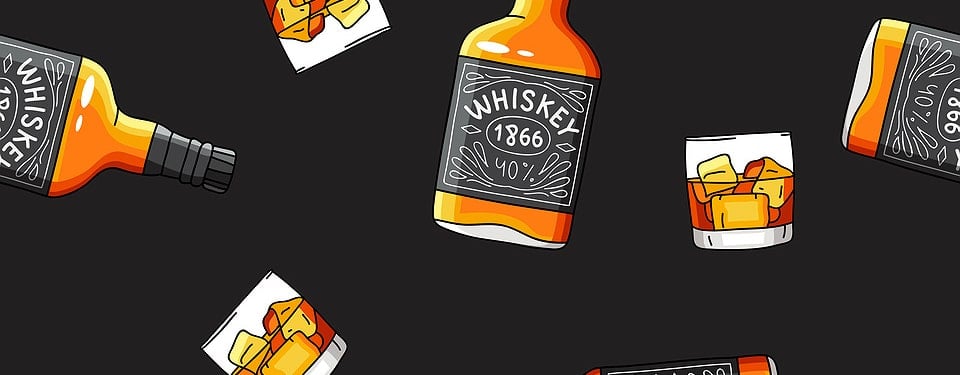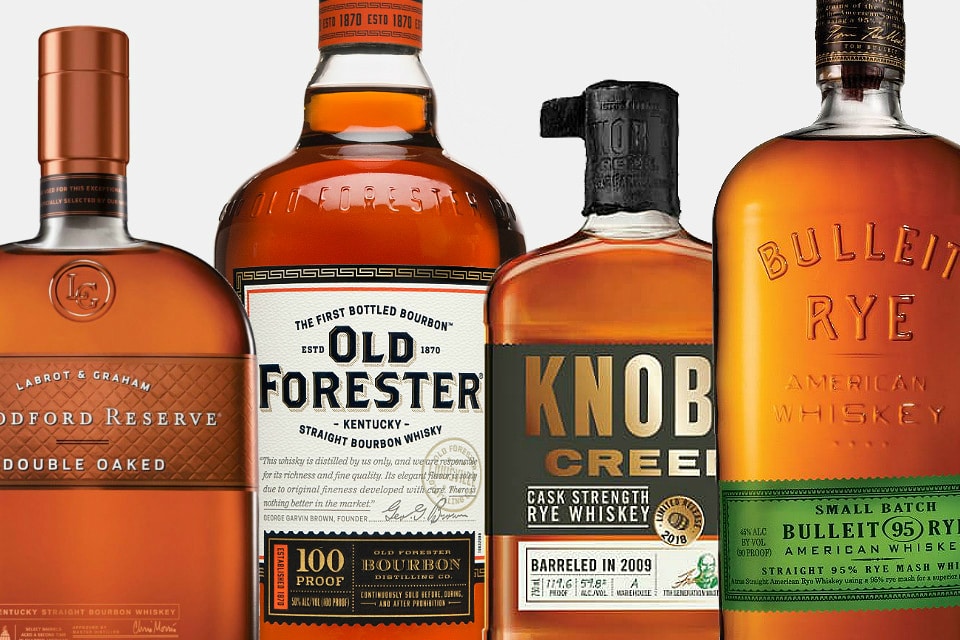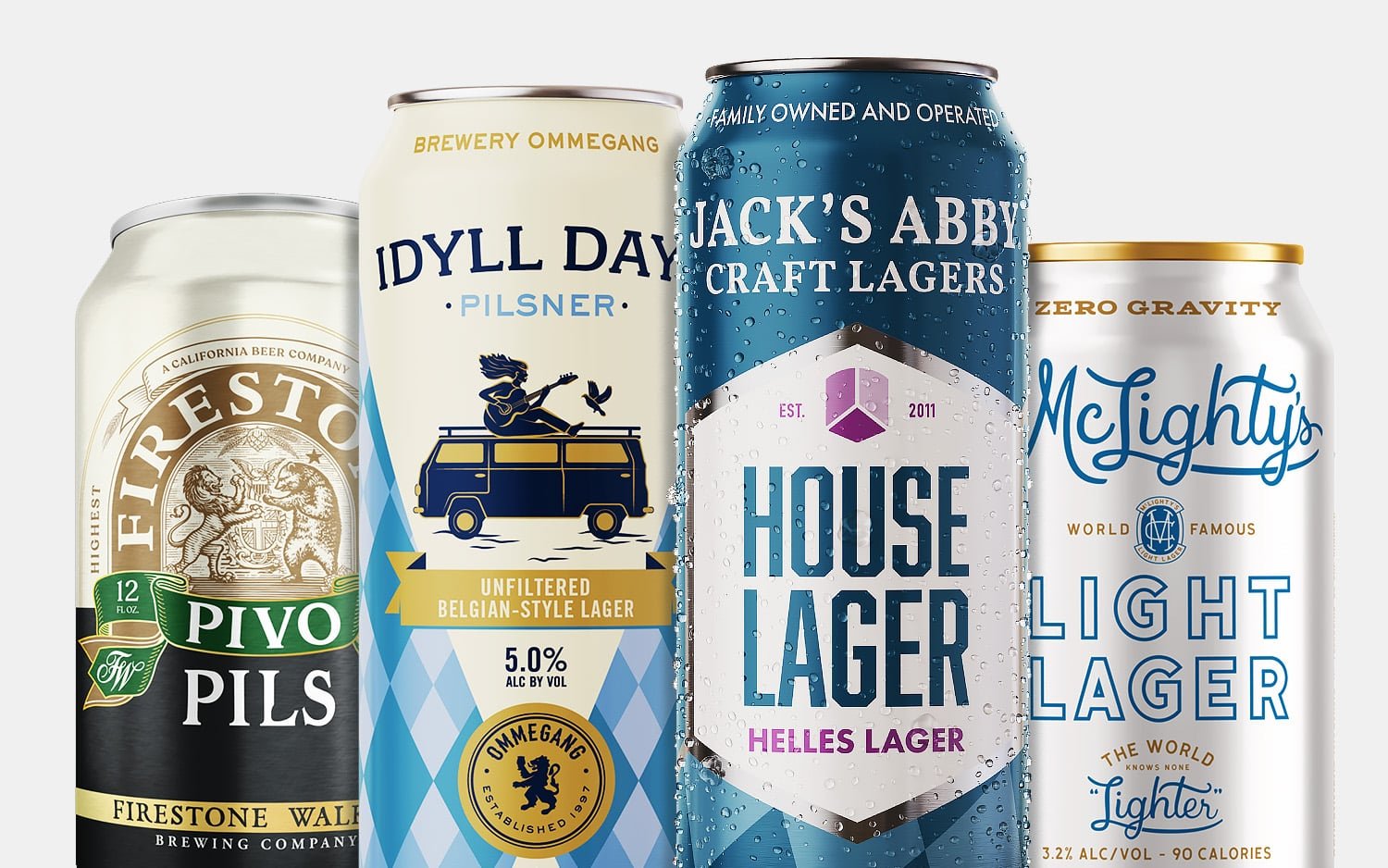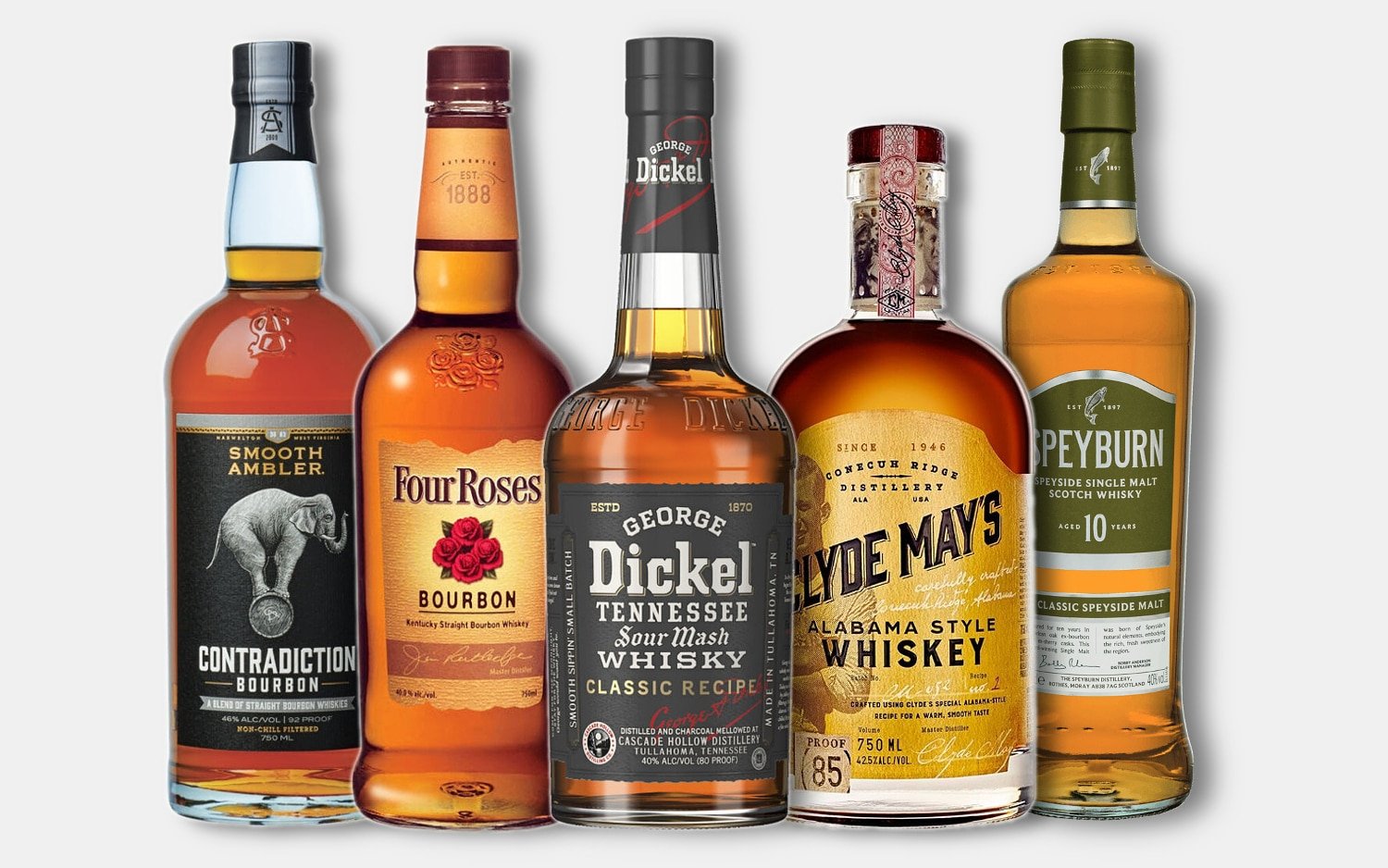We’re living in very good times for whiskey. Craft distilleries are opening everywhere — there are nearly 1,500 of them now, with many of them making whiskey — and the old guard, giant distilleries are coming out with barrel-proof, small-batch, handcrafted whiskies made with the benefit of years of whiskey-making experience. In short: you’ve got a lot of options when it comes to whiskey.
Here’s a quick guide to telling the difference between two major versions of whiskey: bourbon and rye. Where did they come from? What makes them different? And most importantly, what do they taste like?

What’s the difference between bourbon and rye?
There are not just rules, but actual federal laws that define what can be called bourbon whiskey and what can be called rye whiskey. The biggest difference is the grain. The grain fermented for rye whiskey must be at least 51% rye. The grain used for bourbon must be at least 51% corn.
The other grains, called “small grains” because of the smaller ratio they represent in the mash, can be used in any combo and any percentage the distiller desires. Fun fact: rye whiskey often uses corn as the second grain, while bourbon will often use rye.
Many rules for bourbon and rye are actually the same. They both have to be distilled at 160 proof or below and put in the bottle at no less than 80 proof. Both must be aged in specific containers (with new laws likely to change “containers” to “barrels”). The containers have to be oak (usually American white oak). They have to be new (which is why you see so many bourbon-barrel-aged condiments). And they have to be charred inside (which helps the whiskey extract the aromas and flavors from the oak).
A few laws apply to bourbon but not rye, such as where it’s made. Bourbon can only be made in the good old US of A — and that’s why it’s called America’s Spirit. (But contrary to what you may have heard, bourbon doesn’t have to be made in Kentucky). Bourbon also can’t have “blending materials” added — those are anything from caramel colors, wine, sherry and sugar. (Straight rye whiskey can’t have these additions either, but rye whiskey can).

Where did bourbon and rye come from?
Who invented bourbon? There are two correct answers: 1) No one and 2) Everyone. Some two thousand years ago, mankind discovered that grain mixed with water and left to sit became something that made you happy when you drank it. Brewing, distillation, and aging techniques evolved to make it taste better, stronger, more consistent.
When colonists came to the New World, they brought hundreds of years of alcohol making techniques with them. Regional associations of a particular type of whiskey come from the fact that when would-be-distillers looked around to see what ingredients they had on hand, Kentuckians saw a lot of corn, and Mid-Atlantic states like Pennsylvania and Maryland saw hearty rye.
Of course other factors played roles. Distiller-farmers in Kentucky had a lot of corn, yes, but they also had good limestone water, and lots of waterways on which to ship their oak-barreled spirits across the land, both increasing their spirit’s popularity and inadvertently giving people a taste for the oak-aging that would come to be defined as bourbon.

Do rye and bourbon taste different?
With so few ingredients — water, grain, yeast — altering the ratio of the grain will of course make a difference in the flavor. Bourbon, thanks to its higher corn ratio, tends to be sweeter, softer, rounder. Rye whiskey’s dominant grain tends to make it spicier, with peppery notes and a drier finish.
But since rye only has to be made from 51% rye grain, the other 49% could be mostly corn. Such a ratio would mellow and sweeten a given rye whiskey. Many bourbons use a big dose of rye in their mash, resulting in a spicier, drier bourbon. Wheat, barley, even rice find their way into both ryes and bourbons, with each grain making themselves known. So while bourbons and ryes taste different, there’s a lot of overlap too. As always, the best and only way to find which whiskey styles and labels you prefer is to try them. As many of them as possible.
Disclosure: Clicking on these links and making a purchase may earn us a small referral fee, at no extra cost to you. Learn more here.


